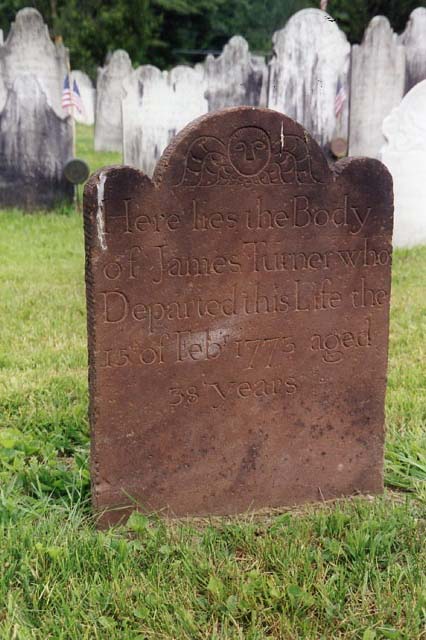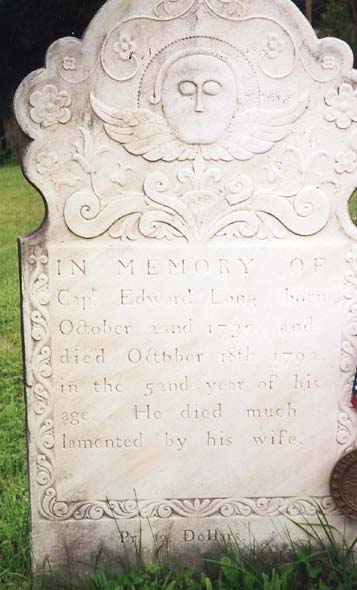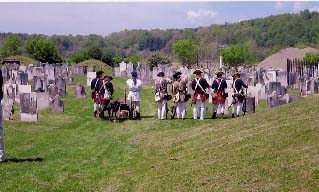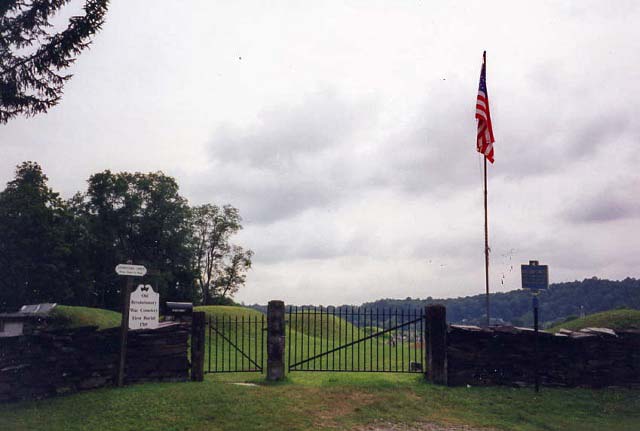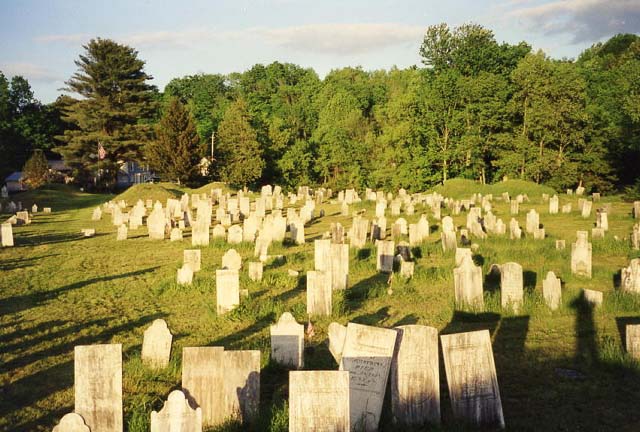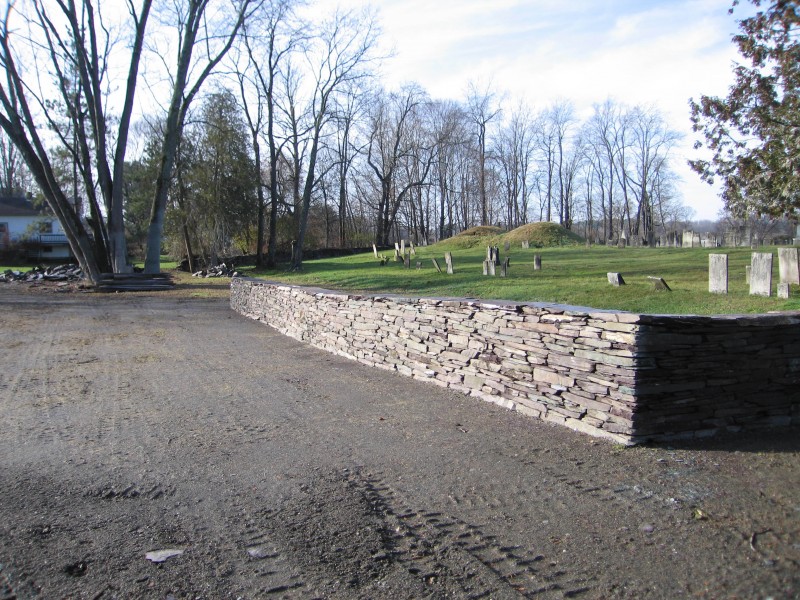Andebit et beaqui corendit, ut quostes esciendion re dit ad et prae parion es quia quas alibus sam, omnim faciden ducipidiat arum autem nobis enis es voat

Salem, New York Revolutionary War Cemetery
Salem was settled in August 1764 by a colony from Pelham, Massachusetts. Two years later Dr. Thomas Clark with his Scots Irish Presbyterian congregation from Ireland also settled here. The pioneers set aside land for a cemetery, and the first burial was that of an Indian who wandered into the village and died. The first pioneer buried here was Solomon Barr. Both graves are unmarked. The earliest burial on a tombstone is that of Abraham Savage, age 18, who died in 1769.
The burial ground contains the bodies of Salem’s earliest pioneers, two of which were French and Indian War Rangers, 105 were Revolutionary War soldiers, and five were War of 1812 soldiers.
On May 28, 2005 the dedication ceremony was held, acknowledging the cemetery as a National Historic Place by the Department of Interior. Season And Hours Open
The cemetery, located on Archibald Street in the village, is open from dawn to dusk all year round.
Time Period Represented, Associated Church And Known Families
The 1769 cemetery was first managed by the two Presbyterian Churches, then the Village of Salem in 1803 and then the town of Salem. The cemetery is closed to new burials.
Prominent families buried in the cemetery are Salem’s three earliest pioneering families: the Turners, Conkeys, and McCollisters. Some other prominent families are the Savage, McKraken, McClellan, Law, McNish, Beaty, Lytle, Harvey, Blanchard, Tomb, and Williams. Members of the General John Williams family were first buried in the cemetery but decendents later moved them to the Evergreen Cemetery in 1859. General John Williams was famous for his Revolutionary War leadership and political leadership at the local, county, state and federal levels and philanthrophic gestures.
Where Genealogical Resources Can Be Found
Genealogical sources can be found in the archives of the Salem Town and Village.
Don’t Miss This When Visiting
When visiting the cemetery look for the stones of Joshua and Dinah Conkey. Dinah baked bread for the Charlotte County Militia of which Joshua was the Quarter Master. Known locally as the witch of Salem, Margaret Tilford, was accused of casting a spell on her neighbor’s cows. She was brought to trial by the Scots Irish Presbyterian church. The threat from General John Burgoyne and his army in August of 1777 interupted the trial and no verdict was reached–the accusations put aside by more serious threats. She is buried next to her husband George.
Look for the sodded-over family vaults, reminiscent of those found in Scotland and Ireland. Also look for the 32 stones carved by Shaftsbury, Vermont stone carver Zerubbabel Collins. His are the rounded angel head style. Dinah Conkey’s stone is one of them.
Identify And Describe The Management Organization
The Town of Salem is responsible for maintaining the cemetery. The 1810 stone wall surrounding the cemetery is being repaired as private funds come available. Repair to the wall on the east side of the cemetery was only half completed this fall due to a lack of funds. Town historian, Al Cormier, is seeking public donations to complete the wall. Donations should be sent to Al Cormier, Historian, P.O. Box 458, Salem, NY 12865. Checks should be made out to Town of Salem with a notation on the bottom of the check “cemetery fund.”
Suggested Further Reading
“Early History of The Town of Salem, From Its First Settlement in 1761 to the Close of the Revolutionary War,” by Dr. Asa Fitch, Salem Press. 1927.
“The Fitch Gazetteer, An Annotated Index to the Manuscript History of Washington County, New York,” by Kenneth A. Perry, Heritage Books, Inc. 1999.
Additional Notes
A traditional tale is that after the Battle of Saratoga, about 100 bodies from the field of battle were loaded on wagons and brought to the Salem 1769 burial ground and placed in an unmarked mass grave . Although no documentation confirms that this was done, the notes of Dr. Asa Fitch, Salem’s first historian, show that James Tomb of Salem was a teamster at the battle and responsible for removing bodies. Furthermore, no battle ground records show any burial ground in the Saratoga area for American dead. Historical records tell us that the British were buried on the battle ground. The question stands today: Where were the American dead buried? Since it was a only day’s drive from Saratoga to Salem and Salem had a burying ground, it is possible that Tomb brought the bodies here. The mystery is yet to be solved.
Fees
no
ADA Accessible
yes
Tours Are Offered
yes
Site is Child-friendly
yes
Site is Pet-friendly
yes
Comments
The link to the list of Rev War soldiers buried here does not work.
Susan Milmore, 7/8/2017
There used to be a notebook at the Entrance with a list. Not sure how it might have survived the weather or if renewed but it was helpful when we visited there.
[email protected], 9/20/2017
Location
William Cormier - Town of Salem Historian
518-854-3527
36 E. Broadway
Salem, NY 12865 US
[email protected]



